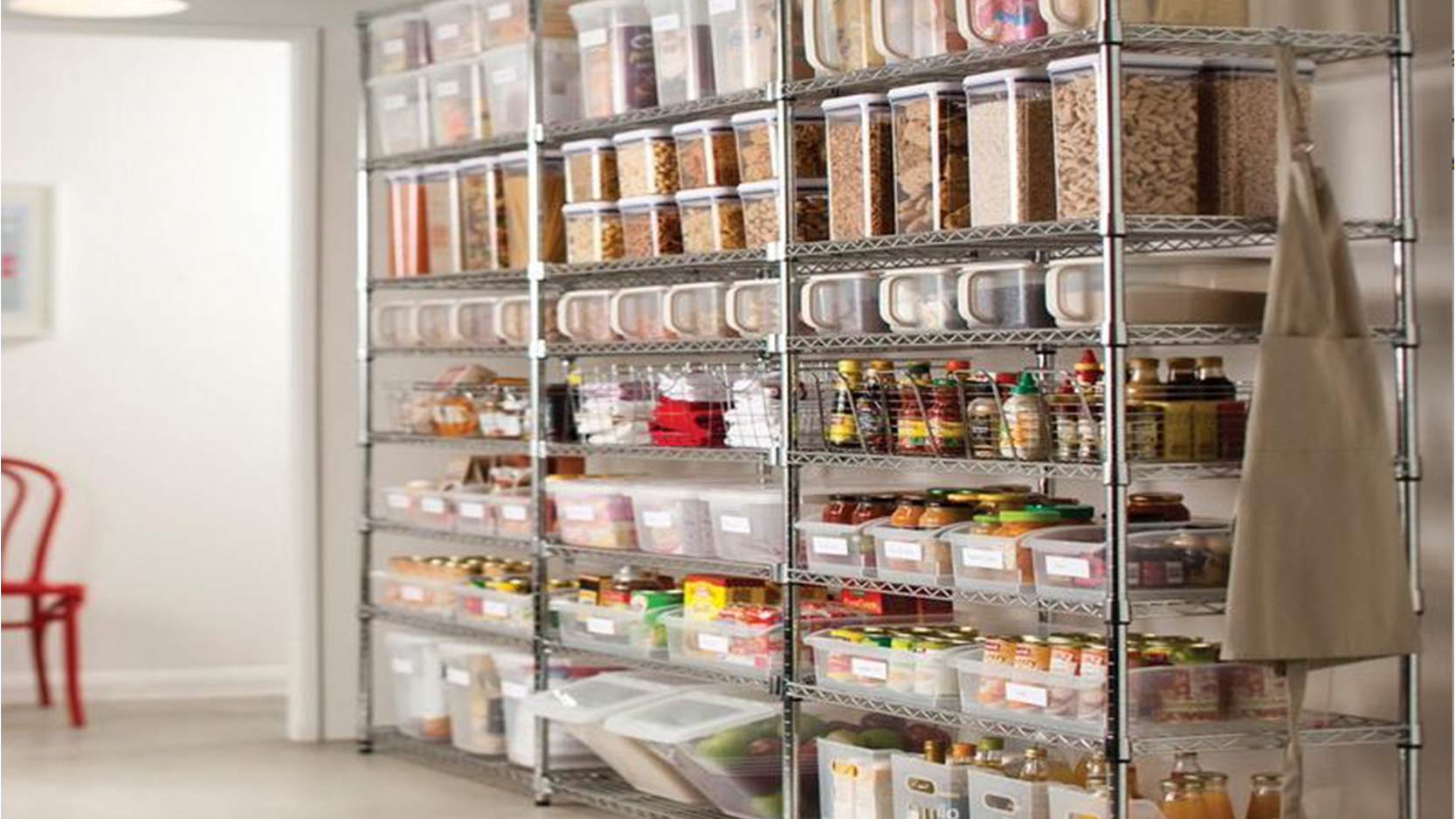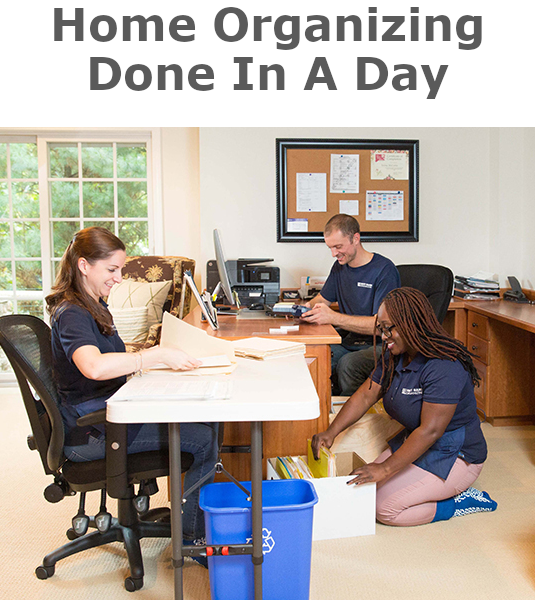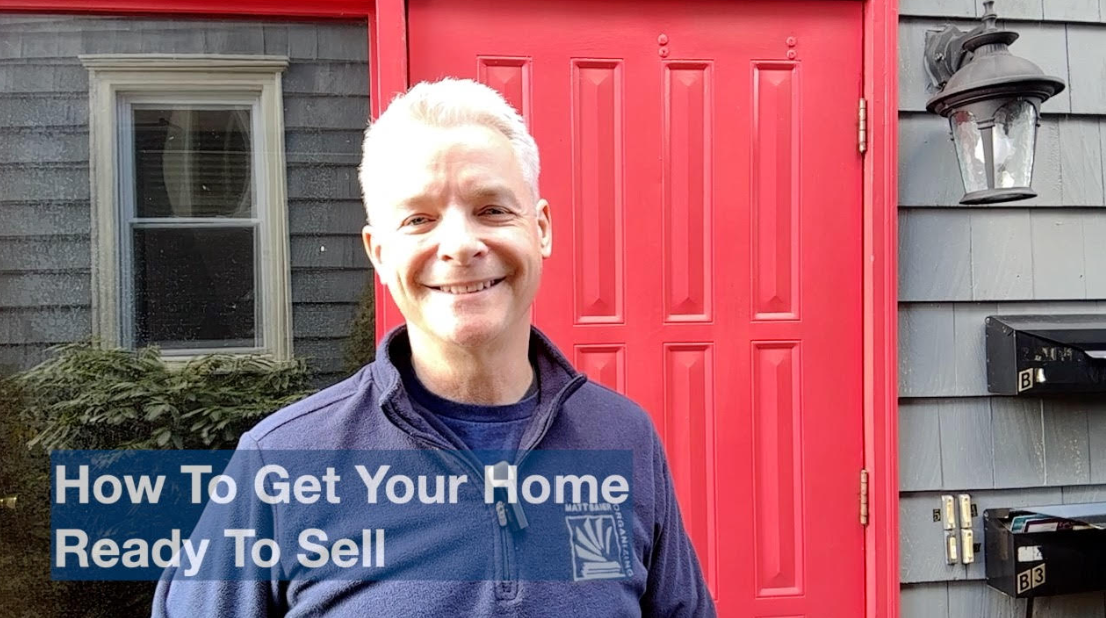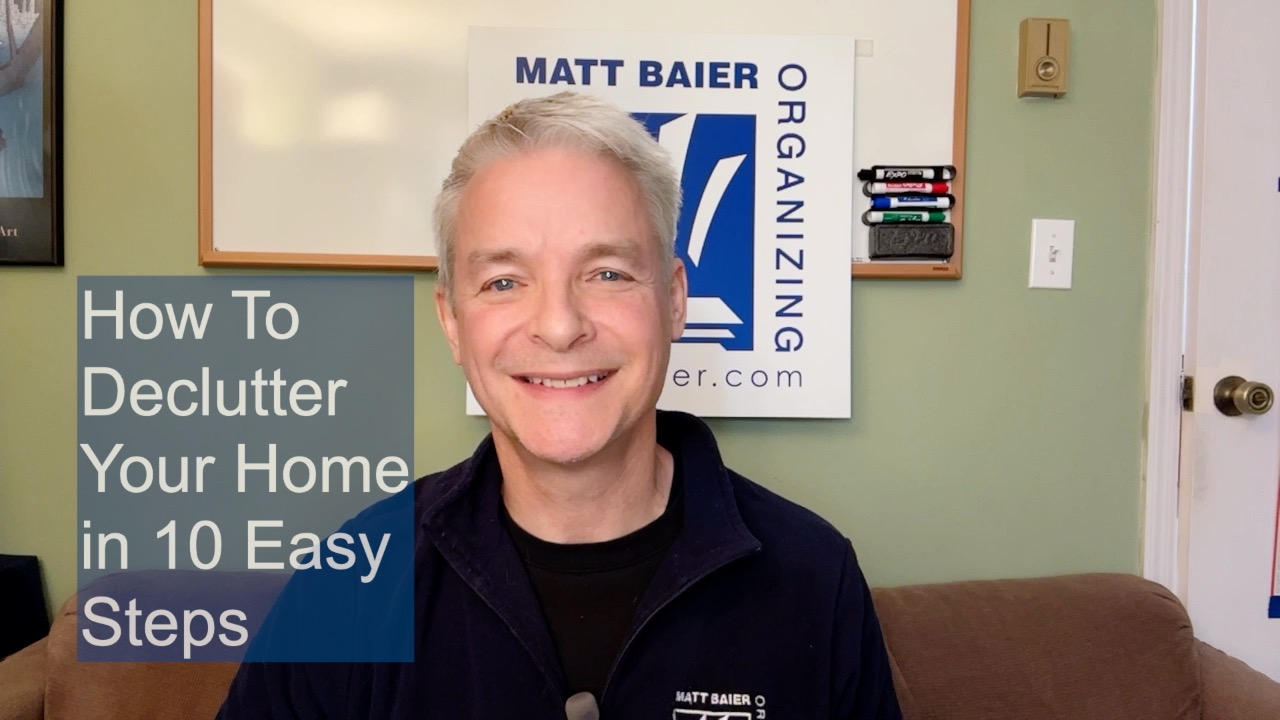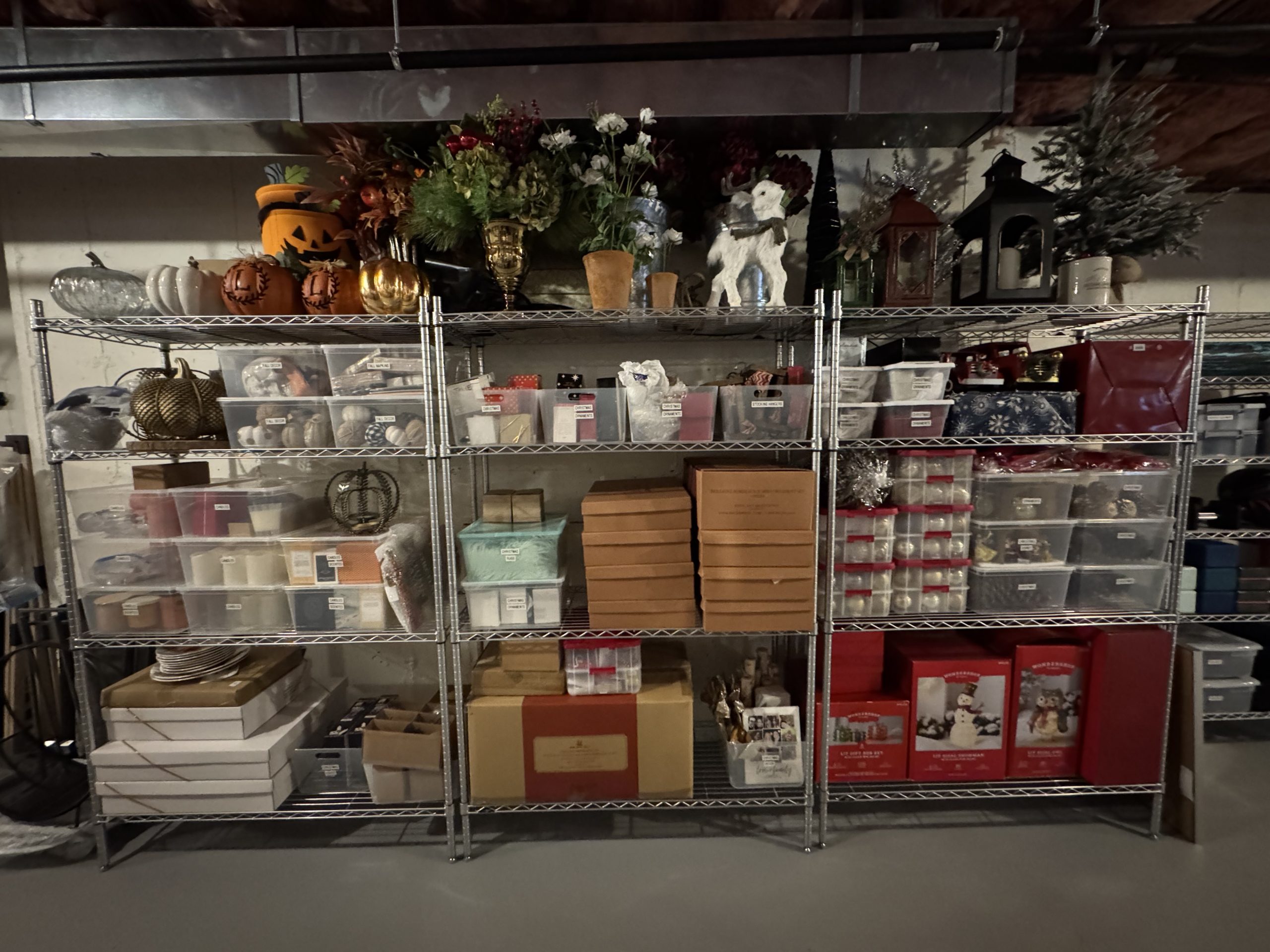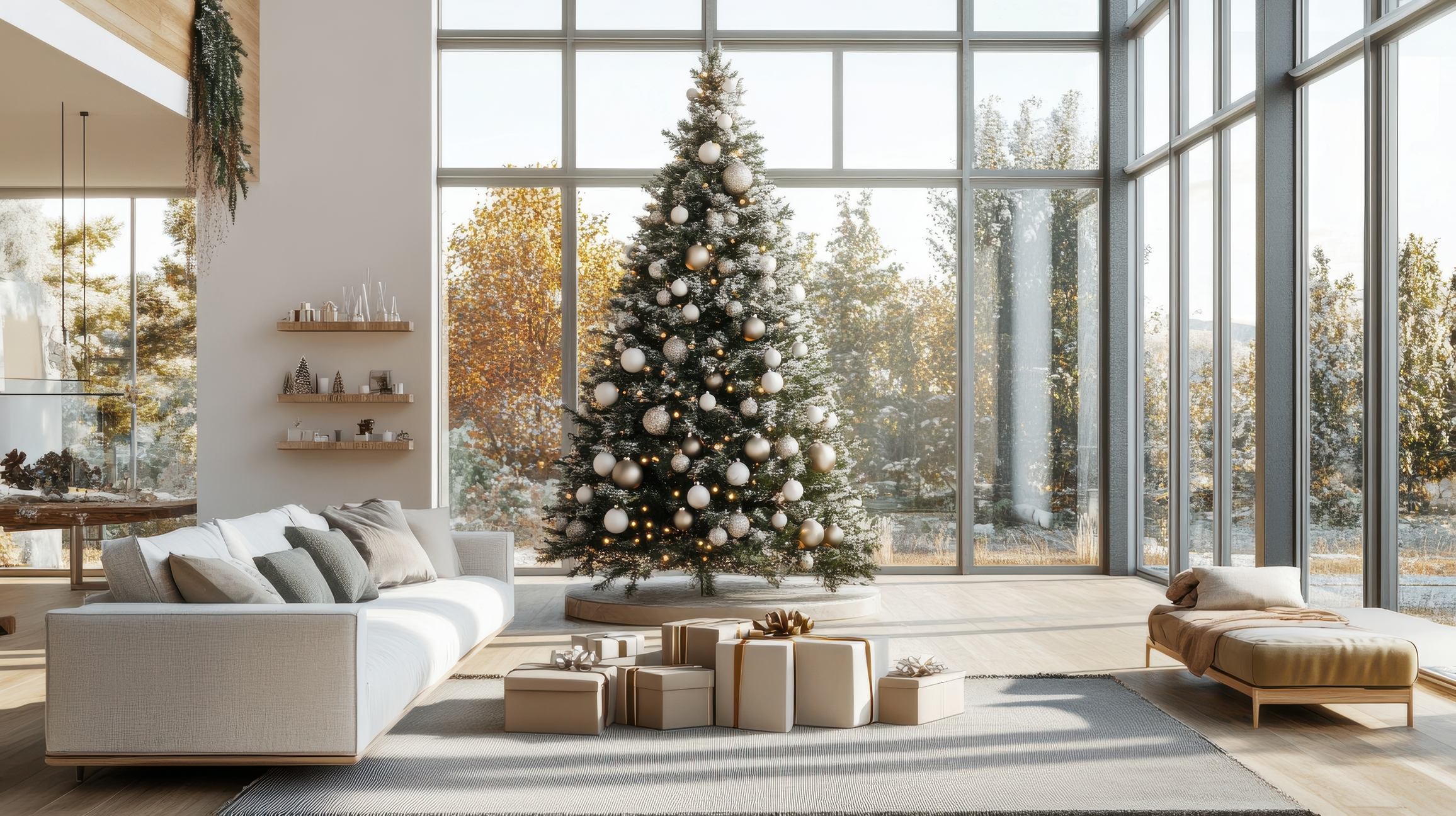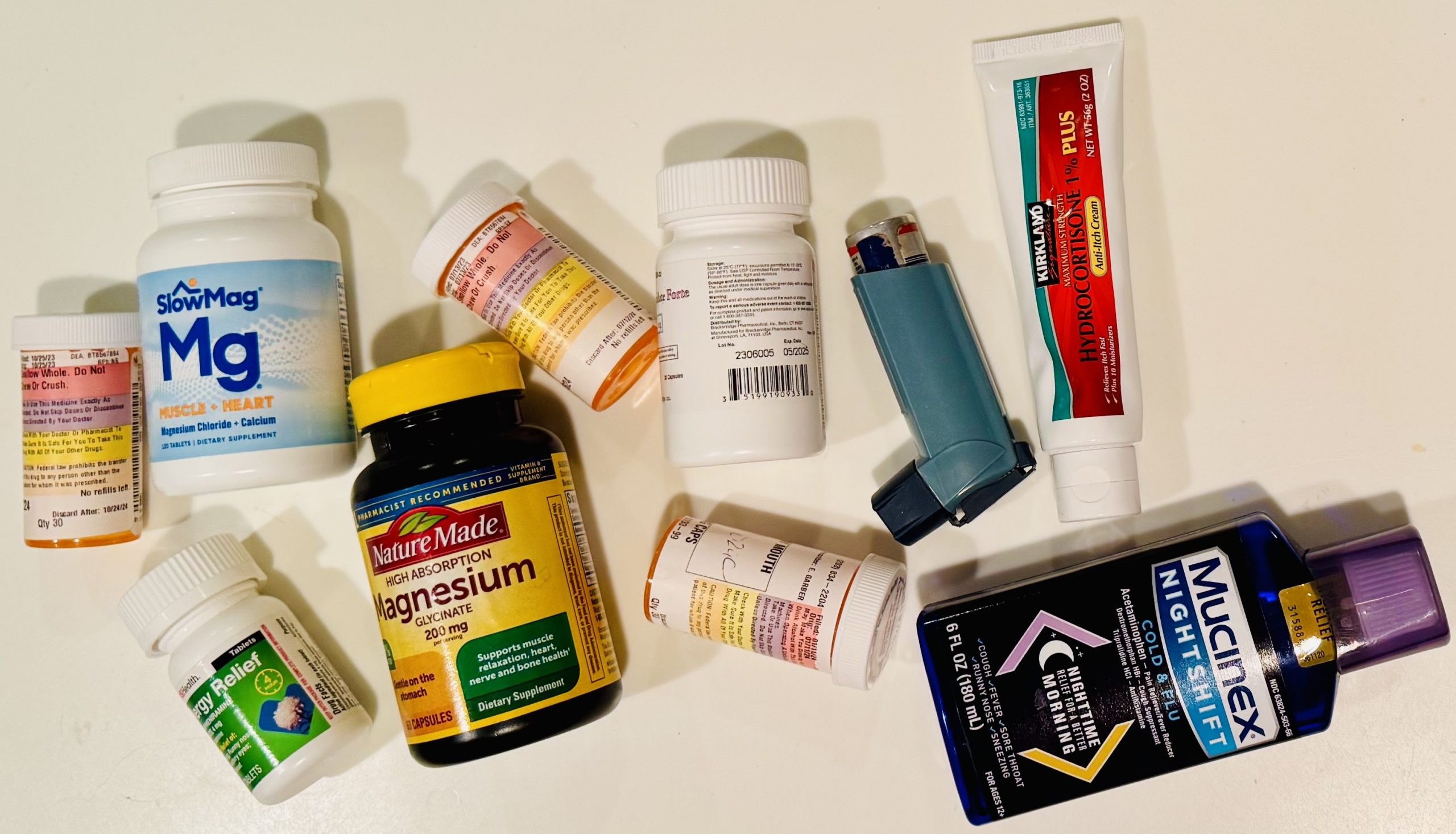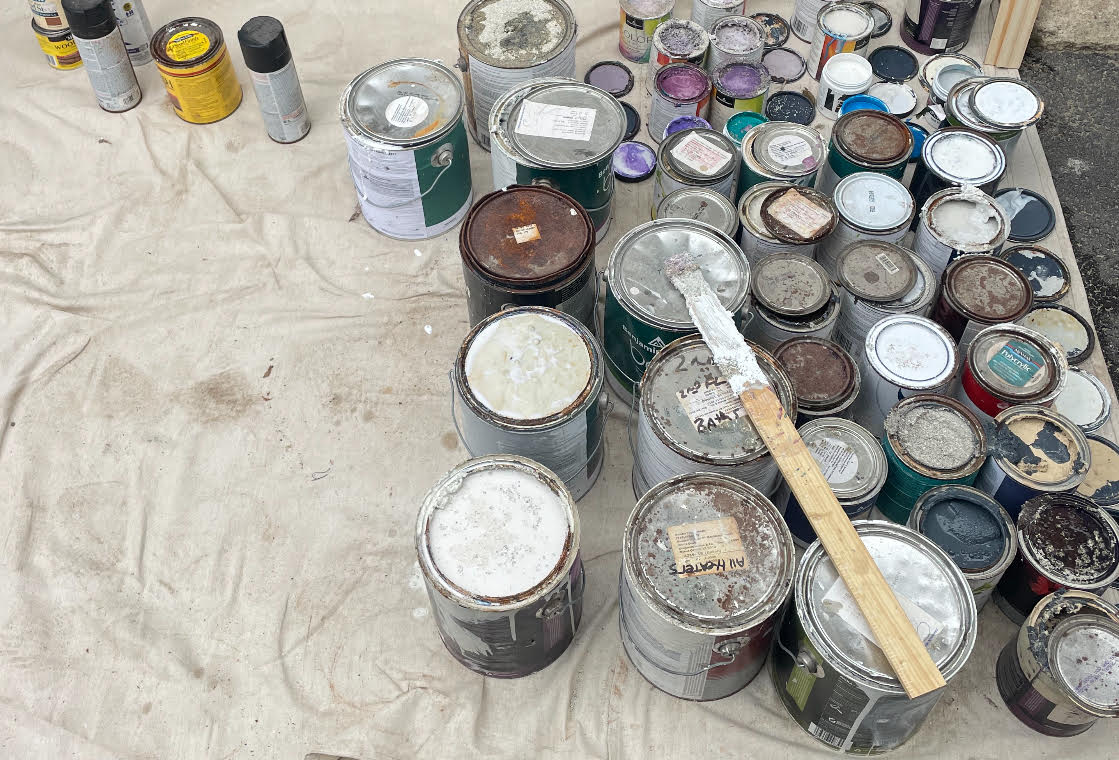One of the biggest mistakes people make when getting organized is buying containers first. However, once you declutter and get organized, containers CAN play an active role in helping you STAY organized, if you choose them strategically. They can then be like organizing tour guides.
Let’s back up. Organizing is ultimately about taking the less important stuff out of the way, so that you can get to the most important stuff. Unimportant stuff is easy. It’s garbage. You toss it. The real challenge is recognizing the LESS important stuff and find ways to work it into your home in a way that is less distracting, but findable, when you need it.
The most important stuff is much easier to identify, but it needs to be strategically stored, so that it is visible and compelling.
The storage containers you choose should help indicate an item’s level of priority. Putting aside display items, let’s look at three basic levels of priority and the appropriate storage.
1. store to act
Top priority items need to be as visible and compelling as possible, otherwise they are forgotten. I like having today’s task list on an open clipboard, just below eye level, inches away from me at my work desk. Talk about compelling! Ongoing projects, I keep just behind the clipboard in clear folders, clearly labelled. Keeping a select few utensils at your fingertips in the kitchen is another example. When you are storing items for regular action, always try to go with clear containers or even no containers at all.
2. store to find easily
Items that you just need to be able to find easily tend to be good candidates for drawers. A lot of paper that tends to pile up on surfaces can go in file drawers, which frees up the surface for processing. A user-friendly system makes this possible. Kitchen draws should be used with find-ability in mind. Resist keeping paper in kitchen drawers, because paper tends to compromise find-ability. Transparent, labeled drawers, make office supplies, fixtures, and other utility items super easy to find. Items above eye level can go in transparent, labeled bins with lids or handles, depending on size. To maximize find-ability, reveal don’t conceal.
3. store on hold
There are other occasions when visibility is less necessary and sometimes unwelcome. For example, you don’t need to see the contents of your holiday boxes for most of the year. Keeping the Christmas decorations in red bins and halloween decorations in orange bins creates an instant signal that you can ignore these items for the rest of the year. Another example is keepsake items. They can be stored in opaque containers too. They can also be stored more remotely. Storing all your old memories out in clear bins in your work space, gives you too much visual stimuli competing for your attention.
One of the reasons people like to get organized is because it means putting things into pretty containers. Don’t get me wrong. I like attractive things, but if you want help staying organized, make aesthetic choices that best serve your needs. If you want to make a point of getting a project done, don’t keep it in hidden away in a stack of matching pretty lime green boxes with lids. And if you are looking to create a restful space in your bedroom, don’t keep stacks of clear bins filled with old baby clothes, bedside. Oh, and you know those cubby hole systems with pretty baskets for kids toys? The only place those actually look pretty is in magazines.
Please Share With Your Community
Related Posts
Testimonials
What some of our clients are saying
Imagine An Organized Home

